Traveling solo in Tokyo doesn’t have to be complicated. The city moves fast, but it’s built with order and logic — once you get the hang of it, everything runs surprisingly smoothly. The trains are on time, signs are everywhere, and even in the most crowded spots, there’s a kind of quiet rhythm.
Here’s a list of 16 solo travel tricks that’ll help you get around Tokyo without feeling overwhelmed or lost.
Get a Suica or Pasmo Card
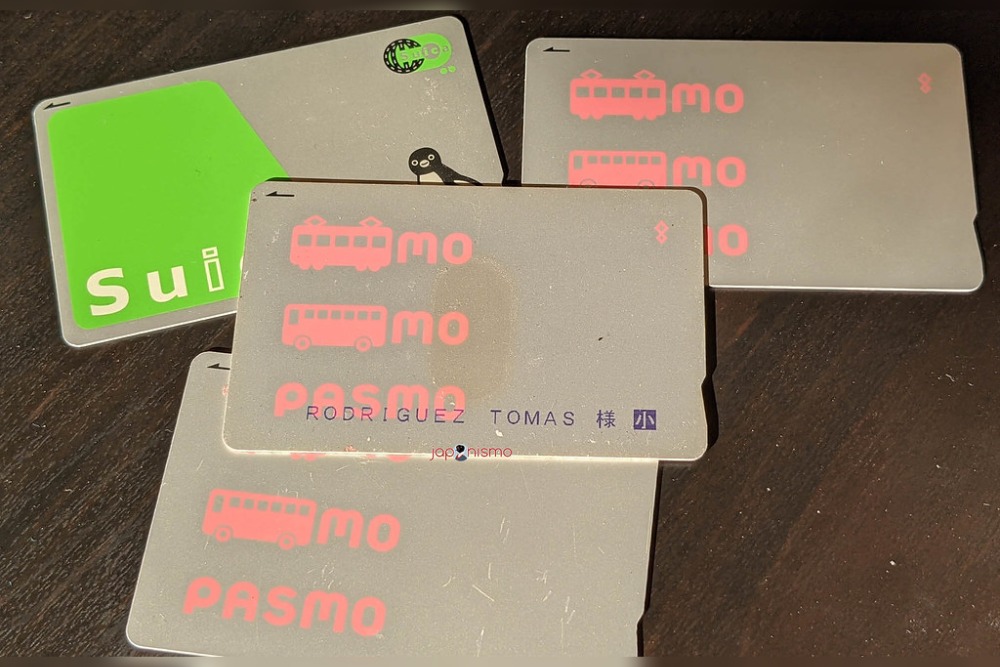
Skip paper tickets. These reloadable cards work on nearly every train, bus, and even vending machine across the city. You just tap in and out — no need to figure out the exact fare every time. Most stations sell them through machines with English options.
Having one saves time, stress, and a lot of small change.
Use Google Maps — But Double Check
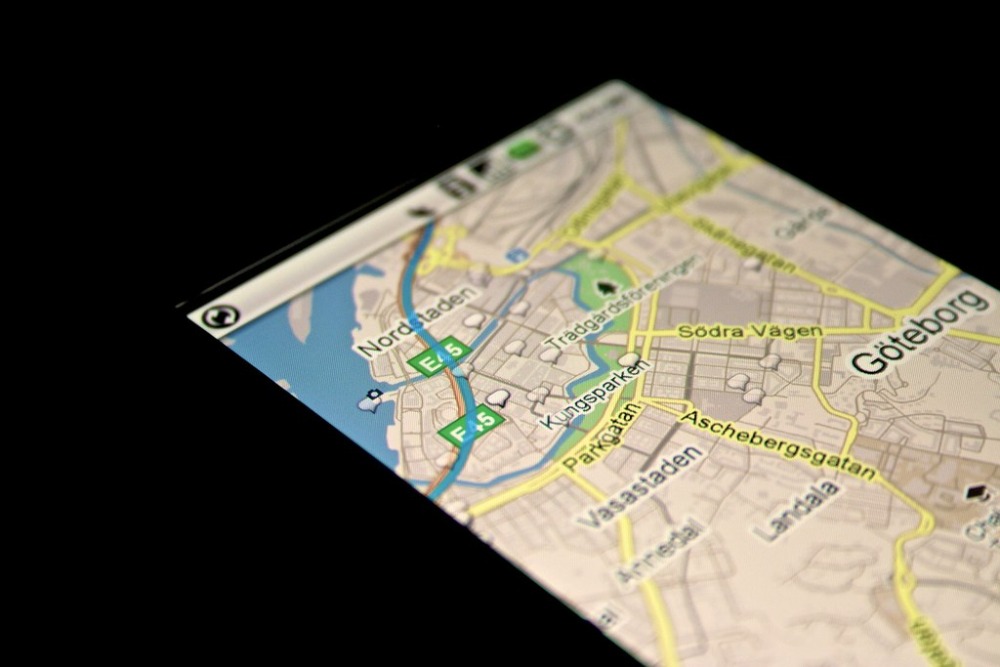
Google Maps does a decent job with Tokyo trains, but it’s not perfect. Sometimes it’ll suggest tight connections or lines that aren’t the most direct. Always glance at the station signs before boarding, and if something feels off, trust your gut.
Local transit apps like Navitime or Japan Travel are worth having, too.
Like Travel Pug’s content? Follow us on MSN.
Learn the Train Line Colors
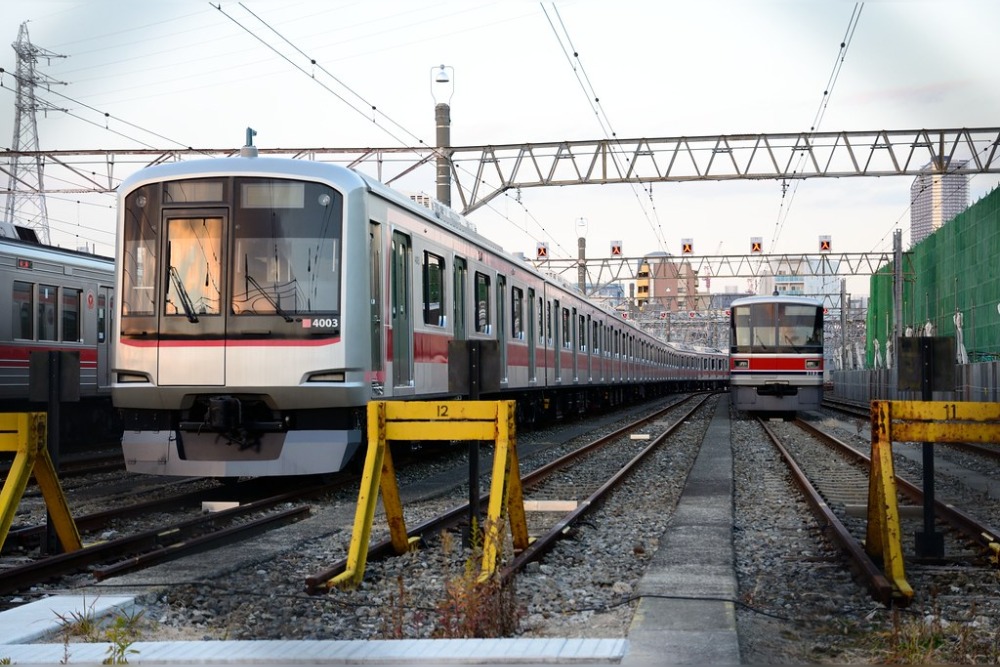
Tokyo’s train system looks complicated until you realize each line has its own color and letter. Stick with that instead of memorizing every name. For example, the green Yamanote Line loops around the city, while the orange Chuo Line cuts across.
Once you link lines to colors, things start to click.
Avoid Rush Hours
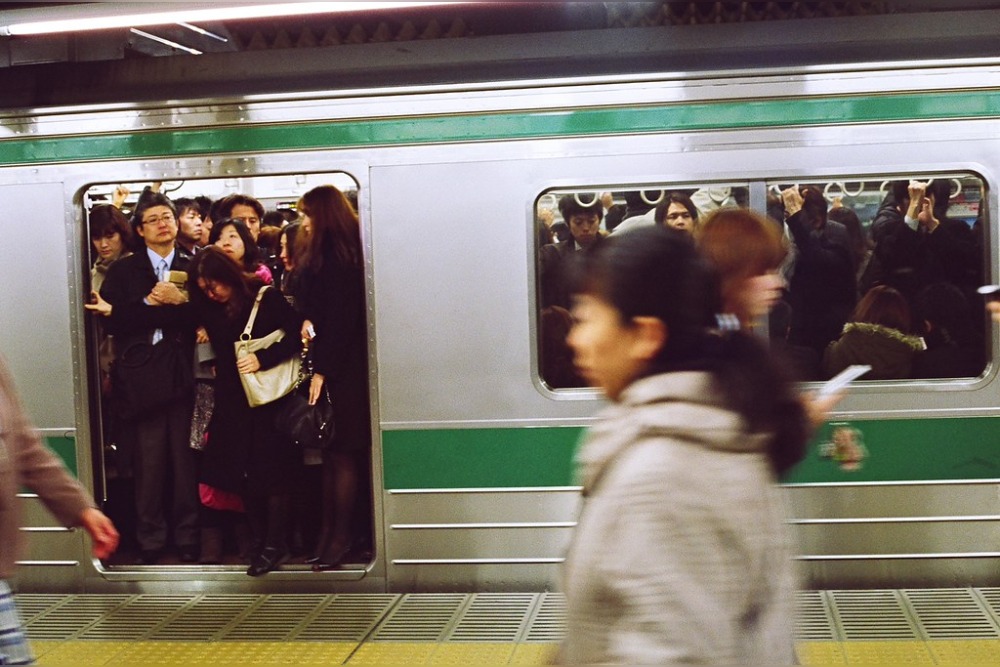
Weekday mornings (7:30–9:30 a.m.) and evenings (5–7 p.m.) pack trains tighter than a concert audience. If you’re not on a strict schedule, aim for mid-morning or early afternoon instead. It’s quieter, calmer, and you’re less likely to end up squished against the train doors.
The extra space makes a difference.
Stay Near a Major Station
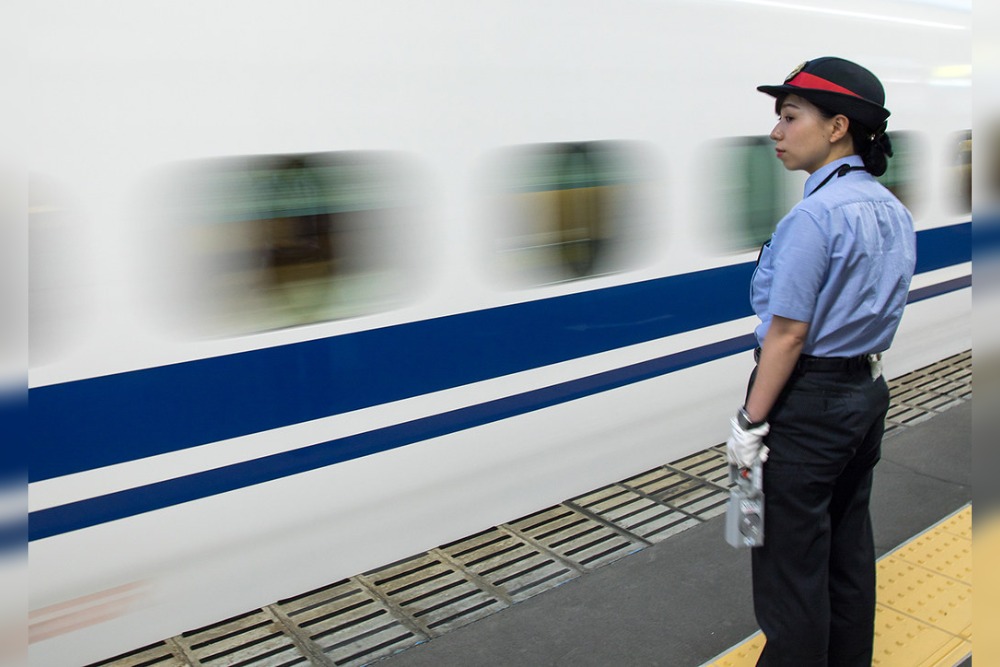
For solo travelers, location matters. Staying near a big hub like Shinjuku, Ueno, or Tokyo Station makes it easier to get around — and cuts down on time spent transferring between lines.
Hotels right outside these stations often have restaurants, convenience stores, and laundry nearby, so you’ve got everything within reach.
Like Travel Pug’s content? Follow us on MSN.
Screenshot Your Route Before You Go
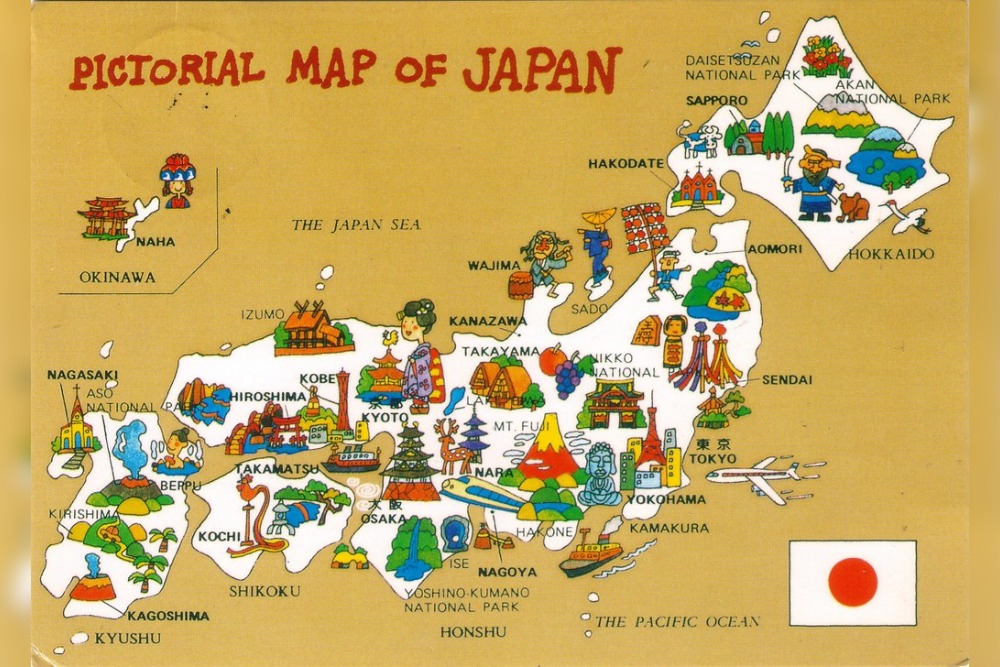
Once you pick your train path, take a screenshot. That way, if you lose signal underground (which happens a lot), you’re not stuck guessing. It’s a small habit that can save you when you’re transferring lines or rushing for the right platform.
You’ll thank yourself later.
Use the Front or Rear Car on Busy Lines
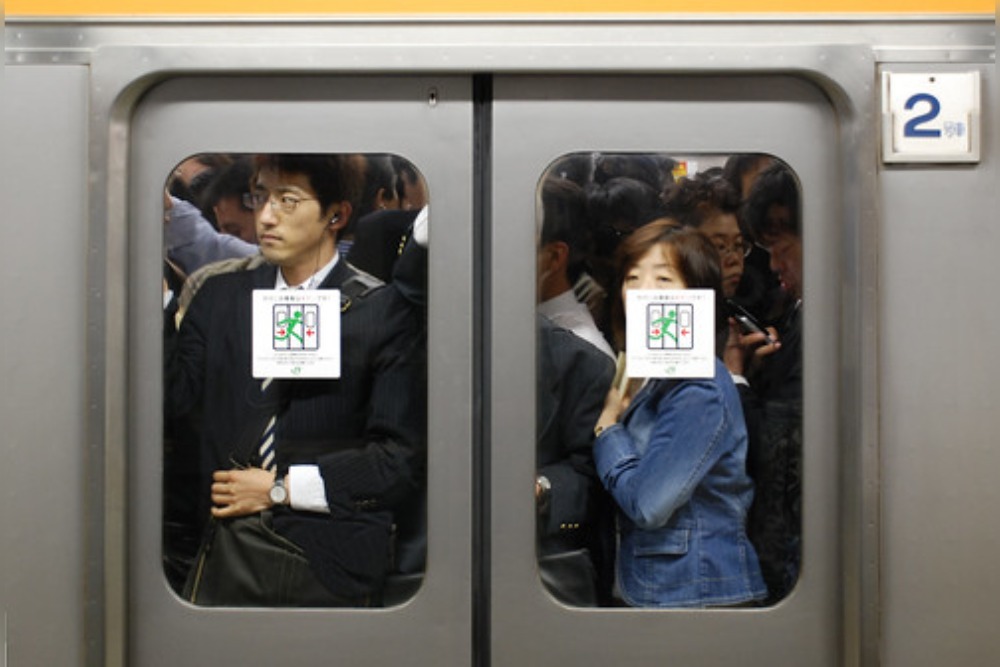
If you’re taking a packed train like the Yamanote Line, the cars near the ends are usually less crowded. Some stations even post signs telling you which car stops closest to the escalators or exits.
A small trick, but it helps avoid the human traffic jam when you get off.
Carry a Pocket Wi-Fi
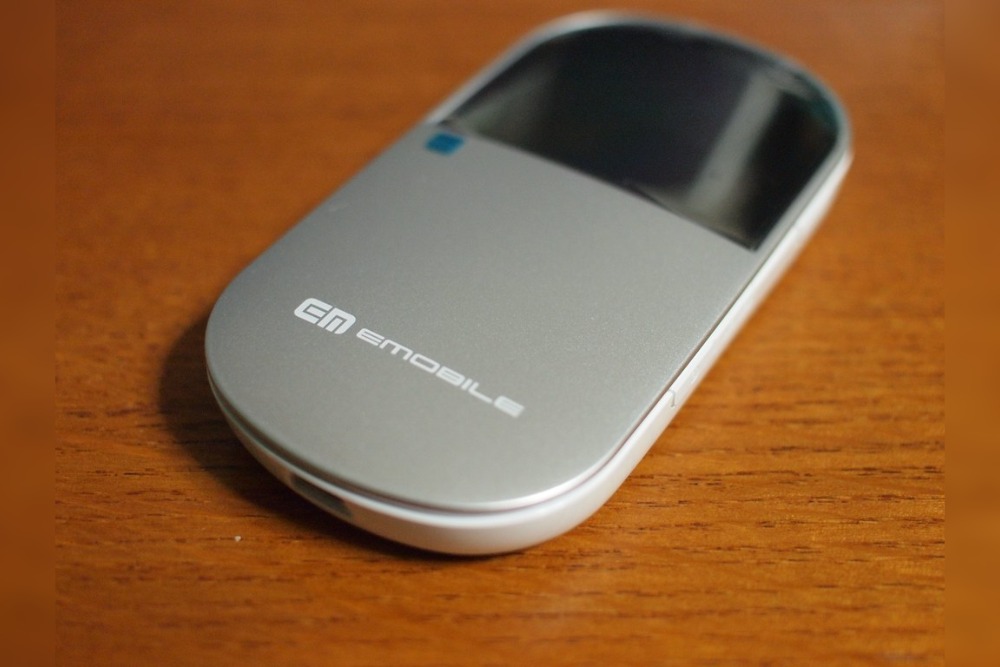
Public Wi-Fi in Tokyo exists — but it’s inconsistent. Having your pocket Wi-Fi or a Japanese SIM card means you can use maps, translate signs, and look things up without hunting for a Starbucks.
You’ll feel more independent with the internet in your pocket.
Like Travel Pug’s content? Follow us on MSN.
Follow the Arrows on the Platform
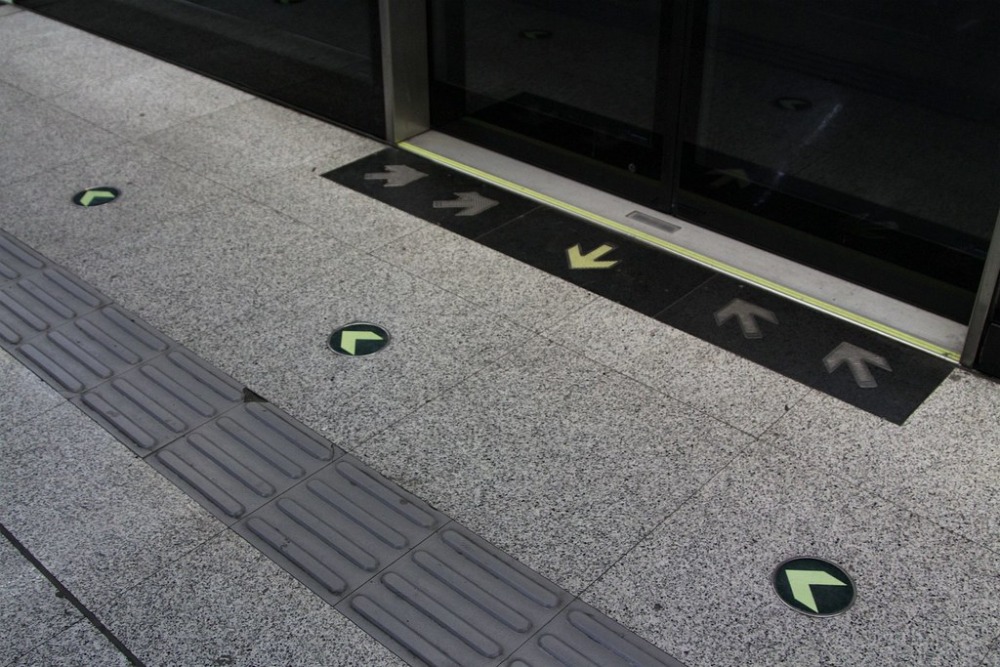
When waiting for a train, people line up behind painted arrows on the platform. It’s not just for order — it actually speeds things up. Let people off before stepping in, stand to the side when waiting, and you’ll blend in quickly.
The system works, and locals appreciate it when travelers get the rhythm.
Use the Women-Only Car Option
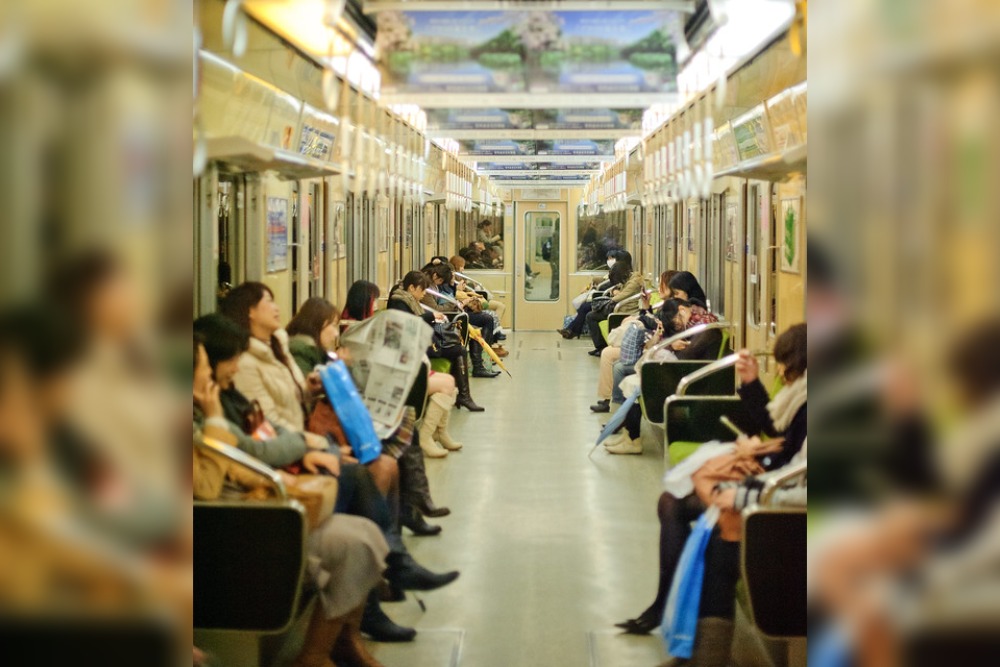
During rush hour, some trains offer women-only cars marked by pink signs. If you’re traveling solo as a woman, it can be a more comfortable space. The rule only applies during certain times, so check the signs carefully.
It’s just one more way Tokyo prioritizes safety and comfort.
Bring Cash for Small Shops
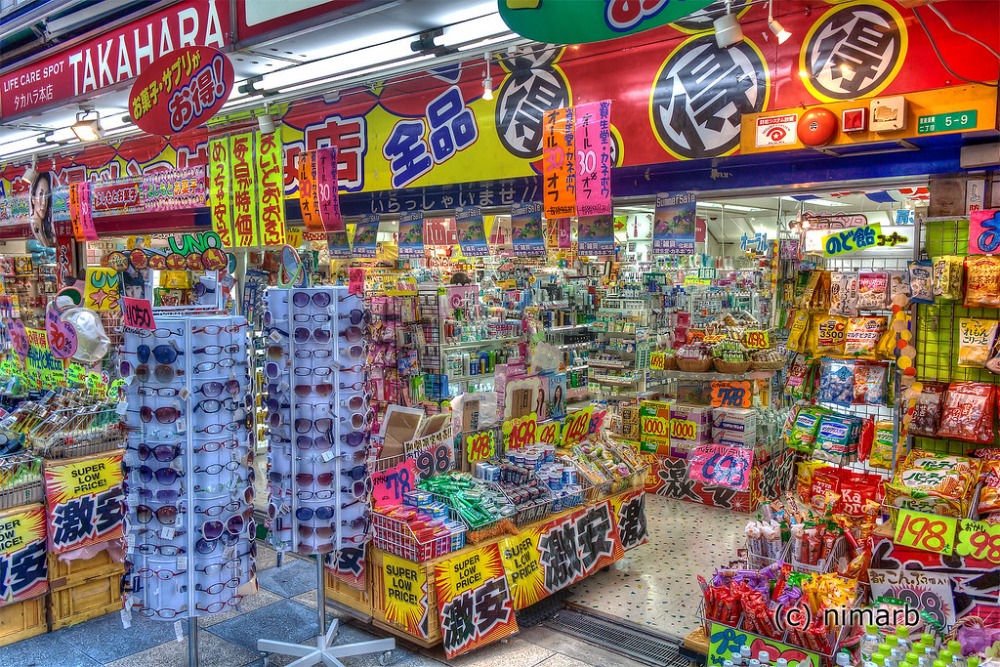
Tokyo is modern, but not every place takes cards. Especially in small ramen joints, vintage shops, or older subway stations, cash still rules. Convenience stores have ATMs that work with foreign cards, and you’ll rarely need more than a few thousand yen at a time.
Just avoid running empty.
Like Travel Pug’s content? Follow us on MSN.
Take the Local Exit
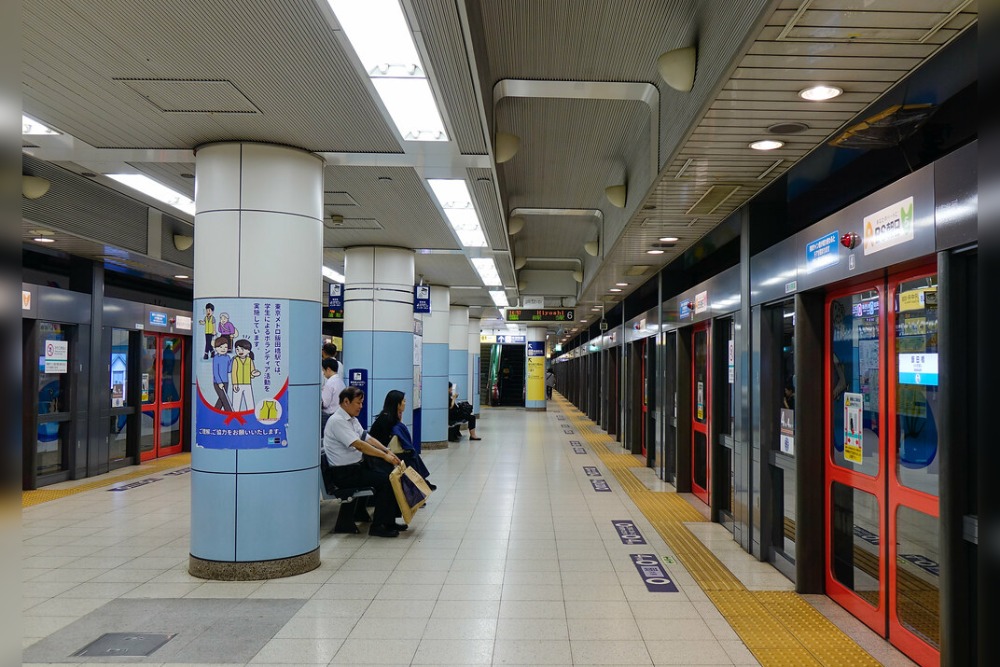
Many stations have 10 or more exits, each leading to a different street. Take a second to read the signs — or check the station maps on the wall — before you follow the crowd.
Choosing the wrong exit can mean walking an extra 15 minutes. Don’t let a small mistake turn into an uphill climb.
Use Convenience Stores as Lifelines
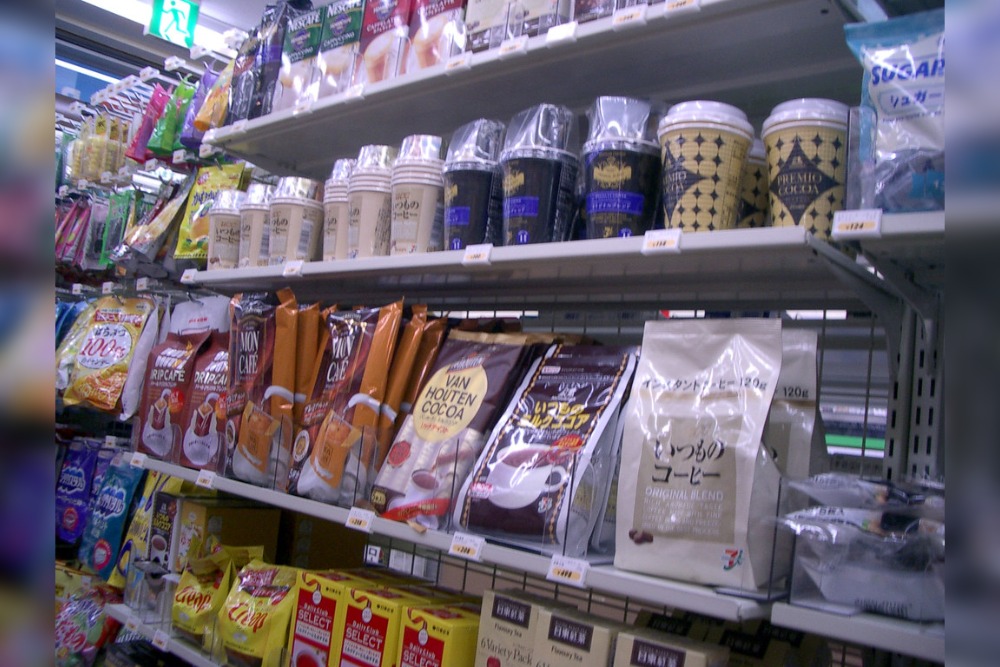
Need a bathroom, a charger, or a snack? Convenience stores like 7-Eleven, Lawson, and FamilyMart are everywhere — and they’re spotless. You can grab meals, print tickets, pay bills, or get help with directions.
They’re a solo traveler’s best friend and always open.
Master a Few Key Phrases
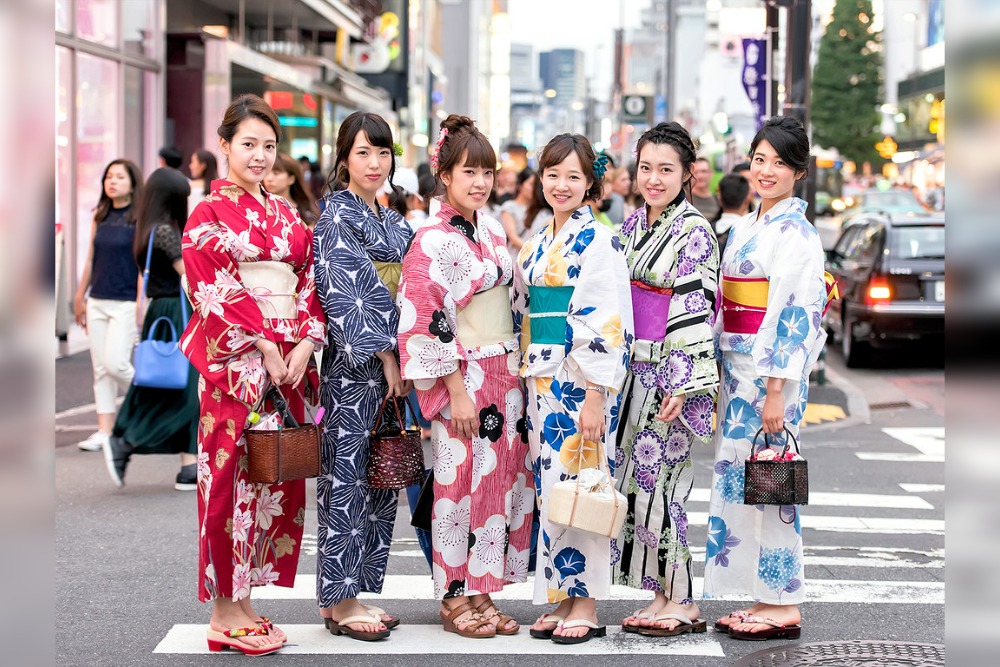
Even though Tokyo has lots of English signs, knowing a few phrases like ‘sumimasen’ (excuse me) or ‘arigatou’ (thank you) goes a long way. Locals appreciate the effort, and it makes everyday interactions smoother.
You don’t need to be fluent — just make it clear you’re trying.
Like Travel Pug’s content? Follow us on MSN.
Don’t Be Afraid to Ask Station Staff
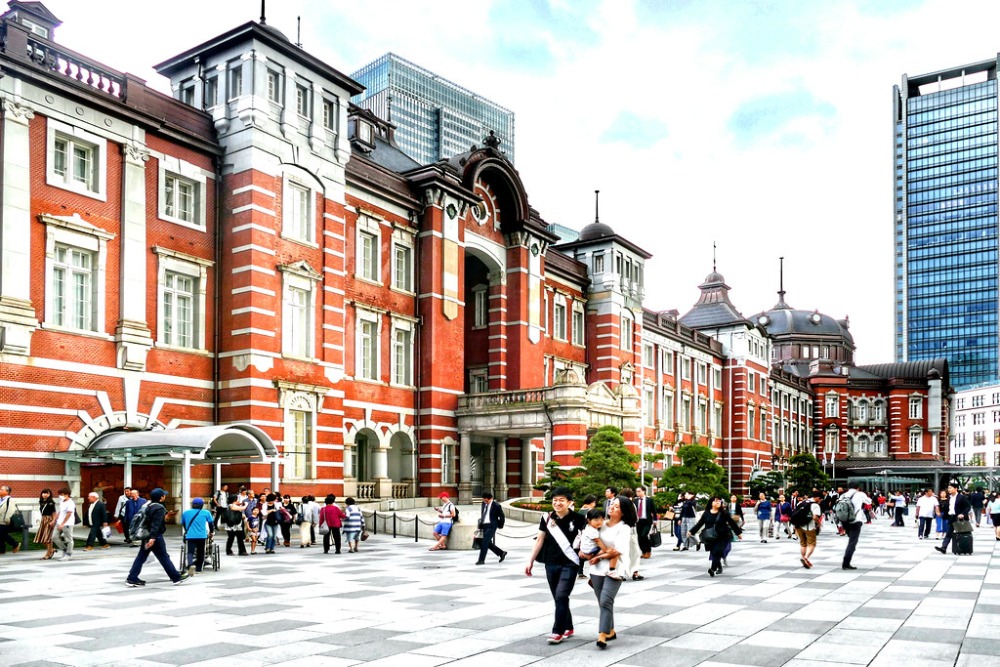
Tokyo train stations can be mazes, especially the big ones. But the staff are helpful and used to travelers getting confused. If you get turned around, just point to your destination or show them your screenshot. You’ll often get simple directions or a map without fuss.
Pick One Neighborhood Per Day
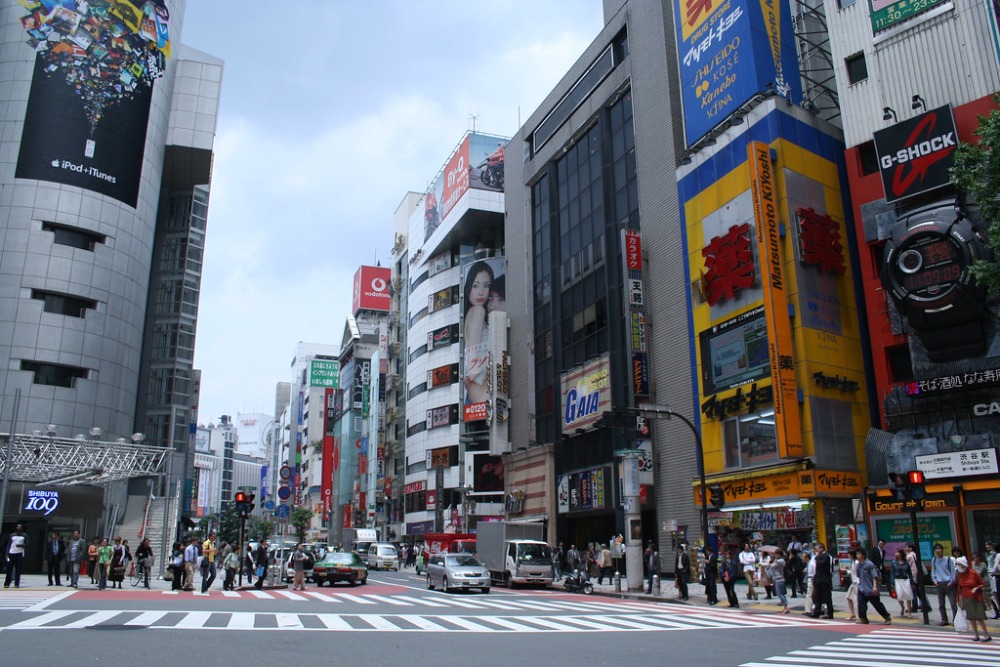
It’s tempting to try and cram everything in, but Tokyo’s size means you’re better off picking a single area and exploring it fully. Shibuya one day, Asakusa the next — don’t try to hop between neighborhoods too fast. You’ll see more and stress less.
Getting Around with Less Guesswork
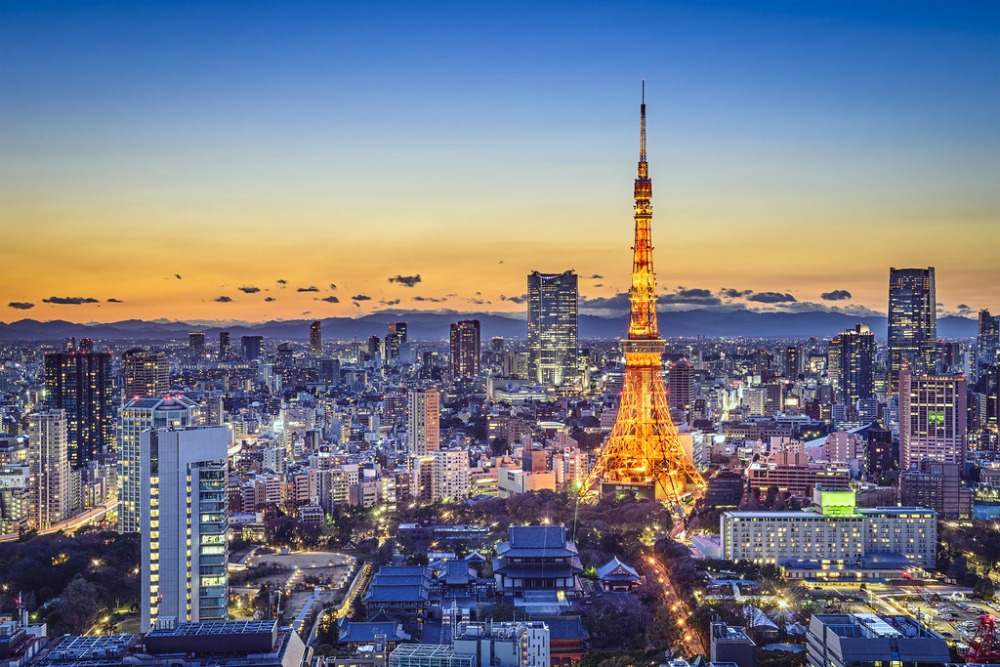
Solo travel in Tokyo isn’t about rushing — it’s about finding your rhythm in a city that runs like clockwork. With a few smart tricks, the giant maps and crowded platforms stop being intimidating and start feeling predictable.
Once you get into the flow, Tokyo becomes one of the easiest big cities to explore on your own.
Like Travel Pug’s content? Follow us on MSN.
More from Travel Pug

- 20 Best Beach Towns in the Carolinas
- 13 Destinations Where Tourists Regularly Regret Their Trip
- 20 Things You Actually Get in First Class
- 20 Small Airports With Aviation Museums
- 20 Places in the U.S. That Are Perfect for a Reset Trip
Like Travel Pug’s content? Follow us on MSN.
